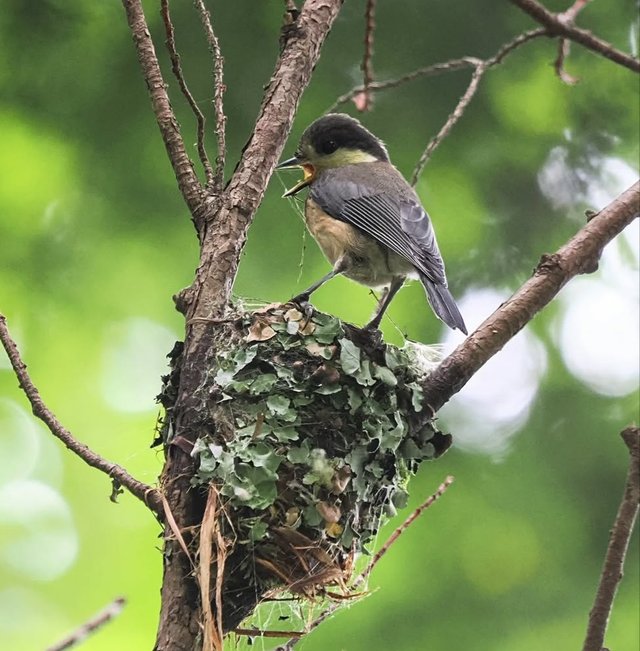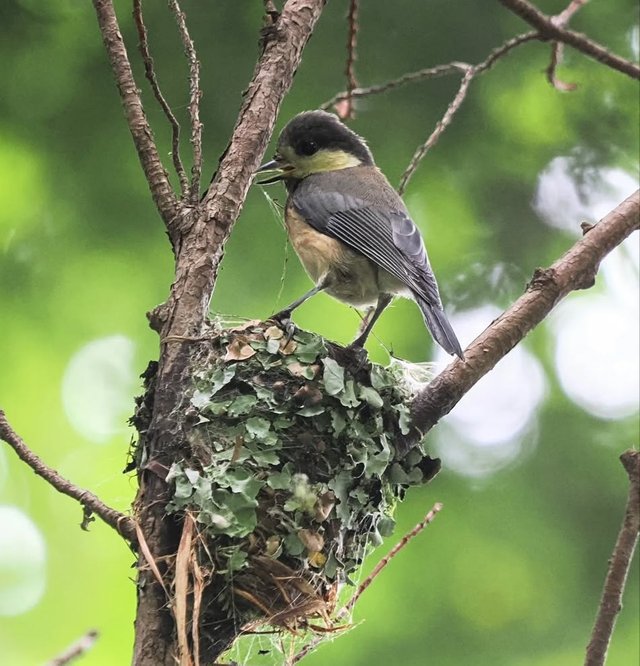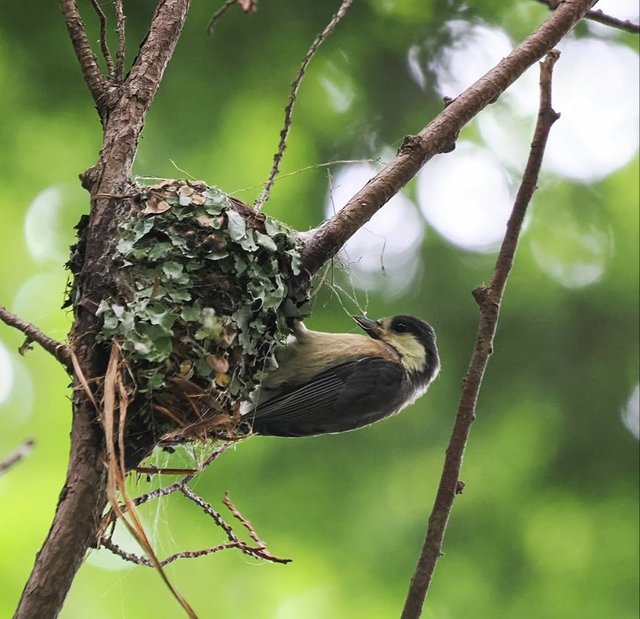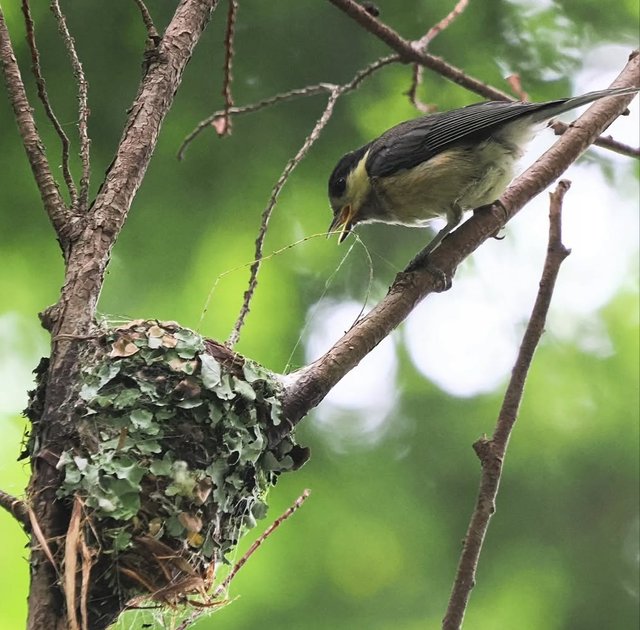So Cute Varied Tit Bird
The Varied Tit is a small yet striking bird that enchants birdwatchers and nature lovers across East Asia. Belonging to the family Paridae, which also includes chickadees and other tits, the Varied Tit stands out due to its vivid plumage, intelligent behavior, and charming personality. Native to regions such as Japan, Korea, Taiwan, and parts of China and Russia, this bird occupies a special place in the ecological and cultural landscapes of these areas.Physical Description
The Varied Tit is aptly named for its multicolored appearance. It measures around 12–14 cm in length and weighs approximately 16–18 grams. The bird is easily recognized by its black crown and throat, white cheeks, and rich rusty-orange breast and flanks. The back is a mixture of gray and slate blue, while the wings and tail also exhibit a bluish-gray tone. This kaleidoscope of colors gives the bird a delightful and dynamic look, hence its name "Varied."
Males and females are similar in appearance, although males often have slightly brighter coloring, a common trait in many bird species.
Habitat and Range
Varied Tits thrive in forests, woodlands, and even suburban gardens. They are highly adaptable and can be found in lowland deciduous forests, mixed forests, and coniferous regions, particularly in East Asia. In Japan, where they are especially common, Varied Tits are year-round residents and can be seen foraging in backyards and temple gardens as well as wild mountain areas.
Their range includes:Japan
Korea
Eastern China
Taiwan
Russian Far East
There are also several subspecies of Sittiparus varius, with slight differences in coloration and size depending on geographic location.
Behavior and Diet
Like many tits, the Varied Tit is active, agile, and curious. It’s a diurnal bird, spending its days energetically flitting through trees in search of food. Its diet includes:Insects and larvae
Seeds and nuts
Fruits and berries
Occasionally spiders and small invertebrates
One fascinating behavior of the Varied Tit is food caching—they often hide seeds in tree bark or crevices to eat later, especially in preparation for winter. This behavior also makes them important players in forest ecology, as some of these seeds may eventually sprout, contributing to forest regeneration.




%20(10).jpeg)